Author: Paul Amico
Viewed by many as being the quintessential English hop variety, East Kent Golding (EKG) first hit the scene in 1790 and continues to be used by brewers of British Ale the world over. While versions of this classic variety are grown in other regions, it’s widely accepted that the most sought after unique floral, herbal, and spice characteristics come only from those originating from Kent, England.
Alpha: 4 – 8%
Beta: 2 – 3%
Cohumulone: 23 – 25% of alpha acids
Total Oil: 0.6 – 1 mL/100g
Myrcene: 20 – 26%
Humulene: 38 – 48%
Caryophyllene: 12 – 16%
Farnesene: 0.3 – 0.6%
Linalool: 0.6 – 1.1%
ß-Pinene: 0.3 – 0.5%
Geraniol: 0.1 – 0.3%
Parentage: unknown; selected from a garden of Canterbury Whitebine hops in the late 1700s
I’ve been brewing and drinking beer long enough to have a decent amount of experience with EKG, though it’s not a hop I’ve ever focused much on due to my preference for modern hoppy styles. With a bag of this age-old variety sitting in my freezer, I was excited to see how a beer made solely with it would turn out!
| MAKING THE BEER |
I brewed the standard Hop Chronicles Pale Ale recipe, adjusting the hop amounts to achieve the desired level of bitterness.
East Kent Golding Pale Ale
Recipe Details
| Batch Size | Boil Time | IBU | SRM | Est. OG | Est. FG | ABV |
|---|---|---|---|---|---|---|
| 5.5 gal | 60 min | 37.6 IBUs | 5.7 SRM | 1.053 | 1.012 | 5.4 % |
| Actuals | 1.053 | 1.01 | 5.7 % | |||
Fermentables
| Name | Amount | % |
|---|---|---|
| Lamonta (Mecca Grade) | 10 lbs | 83.33 |
| Vanora (Mecca Grade) | 2 lbs | 16.67 |
Hops
| Name | Amount | Time | Use | Form | Alpha % |
|---|---|---|---|---|---|
| East Kent Golding (EKG) | 28 g | 60 min | First Wort | Pellet | 4 |
| East Kent Golding (EKG) | 36 g | 30 min | Boil | Pellet | 4 |
| East Kent Golding (EKG) | 42 g | 15 min | Boil | Pellet | 4 |
| East Kent Golding (EKG) | 56 g | 2 min | Boil | Pellet | 4 |
| East Kent Golding (EKG) | 56 g | 4 days | Dry Hop | Pellet | 4 |
Yeast
| Name | Lab | Attenuation | Temperature |
|---|---|---|---|
| Flagship (A07) | Imperial Yeast | 75% | 60°F - 72°F |
Notes
| Water Profile: Ca 92 | Mg 1 | Na 10 | SO4 153 | Cl 50 |
Download
| Download this recipe's BeerXML file |
I started this brew day by adjusting the full volume of water to my desired profile, flipping the switch on my electric controller to get it heating up. Then weighing out and milling the grains.
When the water was properly heated, I incorporated the grains, set the controller to maintain my target mash temperature of 152°/67°C, then proceeded to weigh out the kettle hop additions.
When the 60 minute mash rest was finished, I removed the grains from the sweet wort and set the controller the heat it up.
With 10 minutes left in the boil, I began recirculating the wort through my chiller.
Once the boil was complete, I pumped the wort through my CFC during transfer to a sanitized Brew Bucket.
A refractometer reading showed the wort was at my target OG.
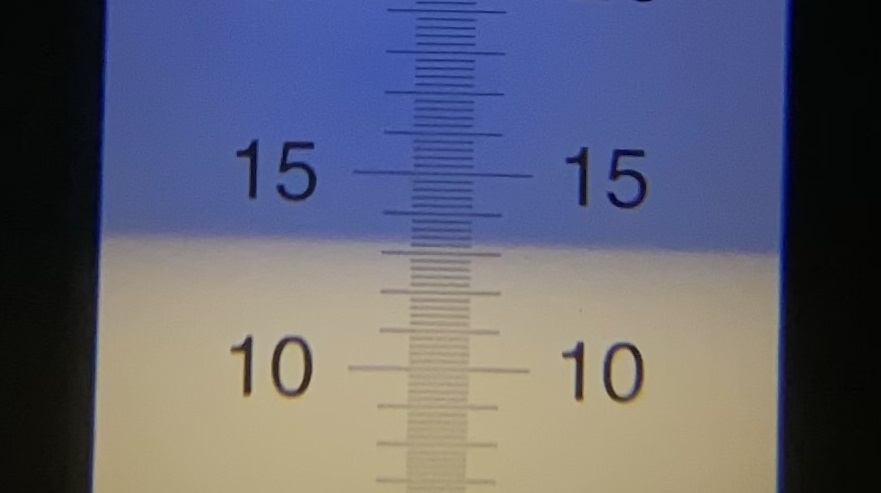
Using leftover wort, I made a vitality starter of Imperial Yeast A07 Flagship and let it sit for 4 hours before pitching it into the wort.
The beer was left to ferment at 66°F/19°C for 2 weeks before I took a hydrometer measurement confirming FG was reached.
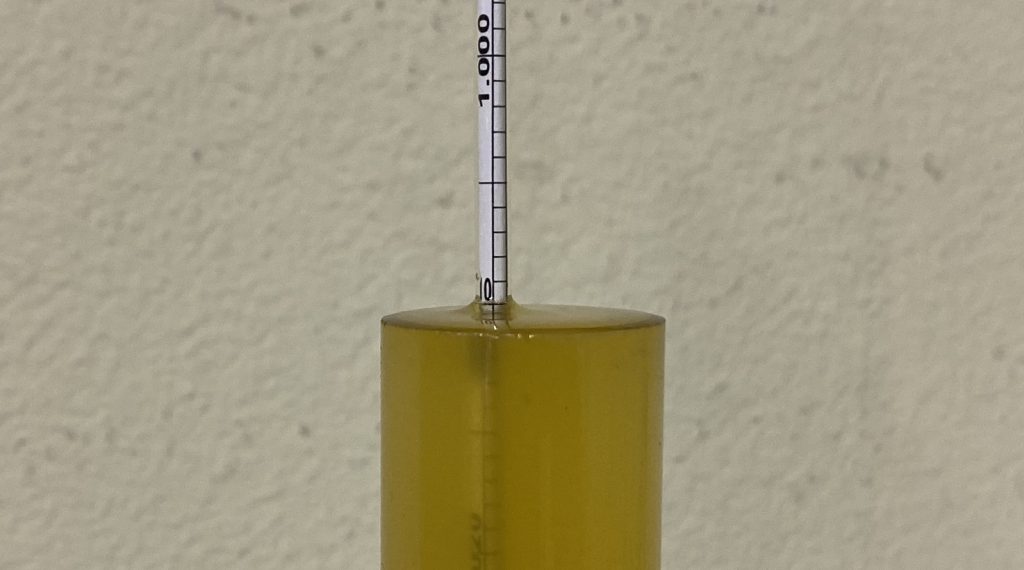
With fermentation complete, I pressure transferred the beer to a CO2 purged keg.
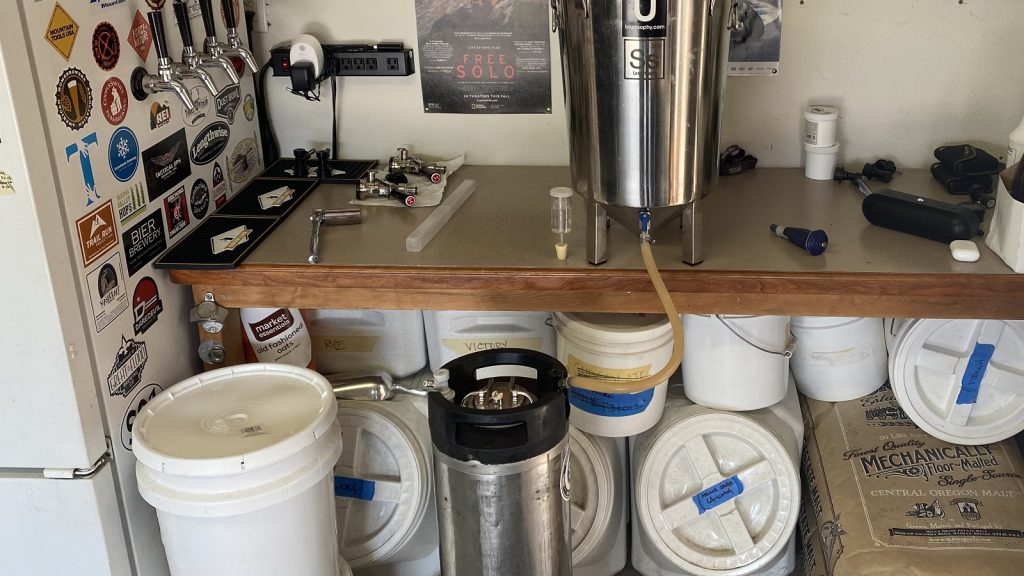
The filled keg was placed in my keezer and burst carbonated overnight before I reduced the gas to serving pressure. After a week of conditioning, I began serving it to blind tasters.
| METHOD |
Participants were instructed to focus only on the aromatic qualities of the beer before evaluating the flavor. For each aroma and flavor descriptor, tasters were asked to write-in the perceived strength of that particular characteristic on a 0-9 scale where a rating of 0 meant they did not perceive the character at all and a 9 rating meant the character was extremely strong. Once the data was collected, the average rating of each aroma and flavor descriptor was compiled and analyzed.
| RESULTS |
Due to social distancing practices as a result of the COVID-19 pandemic, data for this Hop Chronicles was unable to be collected in our typical manner. As such, temporary adaptations were made.
A total of 20 people participated in the evaluation of this beer, all blind to the hop variety used until after they completed the survey. The average aroma and flavor ratings for each descriptor were plotted on a radar graph.
Average Ratings of Aroma and Flavor Perceptions
The 3 characteristics endorsed as being most prominent by participants:
| Aroma | Flavor |
| Citrus + Tropical Fruit (tie) | Floral + Apple/Pear |
| Apple/Pear | Tropical Fruit |
| Stone Fruit | Stone Fruit |
The 3 characteristics endorsed as being least prominent by participants:
| Aroma | Flavor |
| Onion/Garlic | Dank/Catty |
| Dank/Catty | Onion/Garlic |
| Spicy/Herbal | Berry |
When asked to rate the pungency/strength of the hop, most tasters perceived it as being mildly to moderately pungent.
Tasters were then instructed to identify beer styles they thought the hop would work well in.
Finally, participants were asked to rate how much they enjoyed the hop character on a 1 to 10 scale.
My Impressions: To my palate, this single-hop EKG beer had a milder hop presence than I’m used to, but it was really quite pleasant. Like the blind tasters, I also perceived a bit more fruit than I expected based on existing descriptions, though floral notes and a mushroom-like earthiness were just underneath.
| CONCLUSION |
East Kent Golding (EKG) is hop that has unarguably stood the test of time, with brewers using it to craft authentic British Ale since the late 18th century. In addition to using EKG as the feature variety in styles like Mild, Bitter, and Stout, many brewers like to use it in combination with newer hops to balance pungent fruitiness and provide a fuller sensory experience.
While generally said to impart spicy, floral, and herbal characteristics to beer, tasters who evaluated a Pale Ale hopped solely with EKG reported tropical fruit and citrus as being the strongest aromas, with floral and apple/pear being most perceived in the flavor. It’s possible the standard hopping rates we use for The Hop Chronicles explains this result, as usage in classic British Ale is a bit more restrained.
When I first started sampling this beer a few days after it was kegged, I wasn’t quite sure what to think, likely because the good majority of beer I drink is hopped with modern fruity hops. However, after a couple pints, I grew to enjoy the unique blend of fruity, floral, and earthy hop character quite a bit. While I’m not sure I’ll be using EKG as the feature variety in American Pale Ale or IPA, I absolutely plan to keep some on hand for use is less hop-forward styles!
East Kent Golding hops are available now at Yakima Valley Hops, get some while you can! If you have any thoughts on this variety, please feel free to share them in the comments section below.
Support Brülosophy In Style!
All designs are available in various colors and sizes on Amazon!
Follow Brülosophy on:
FACEBOOK | TWITTER | INSTAGRAM
If you enjoy this stuff and feel compelled to support Brulosophy.com, please check out the Support page for details on how you can very easily do so. Thanks!



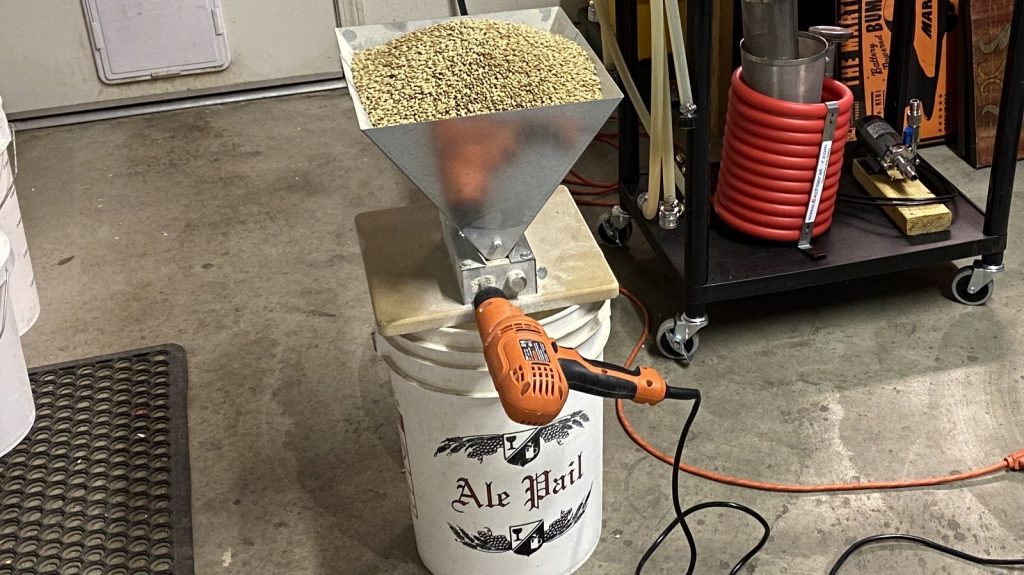
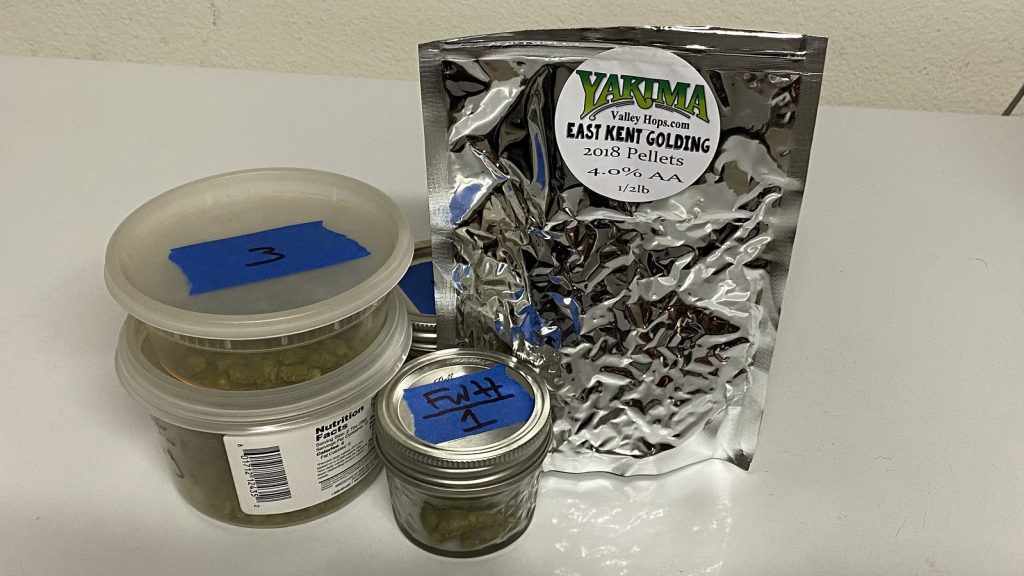
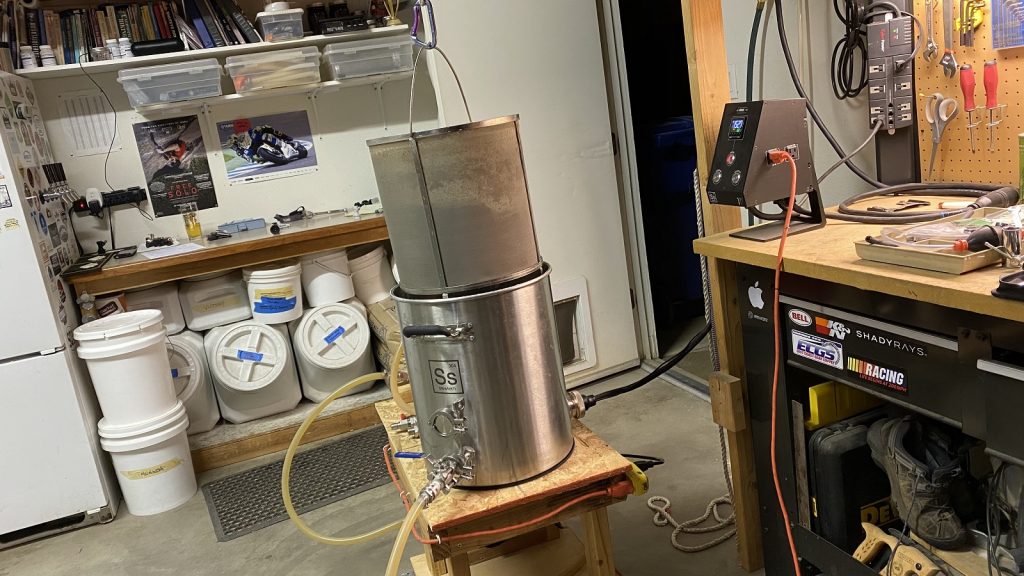
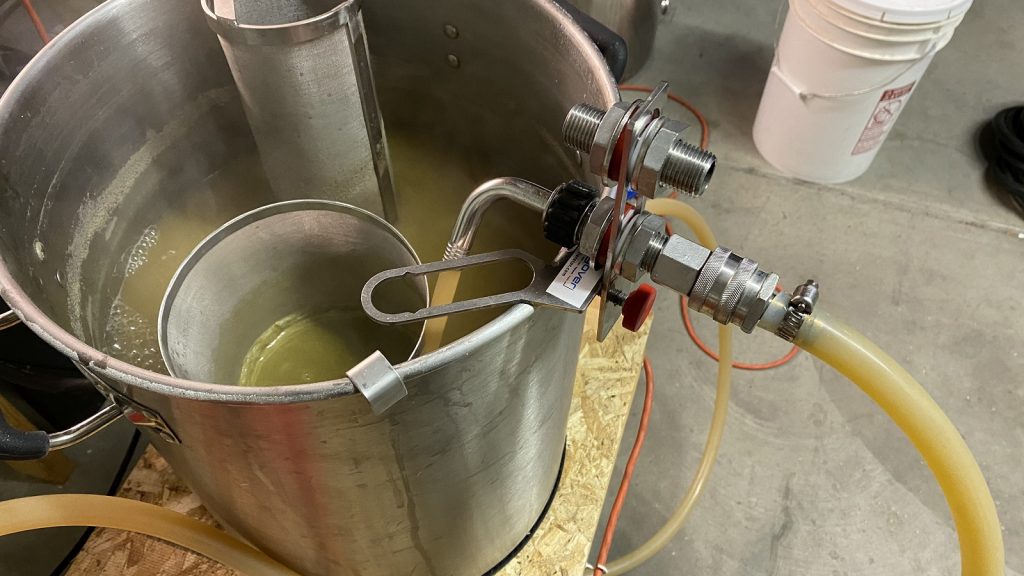
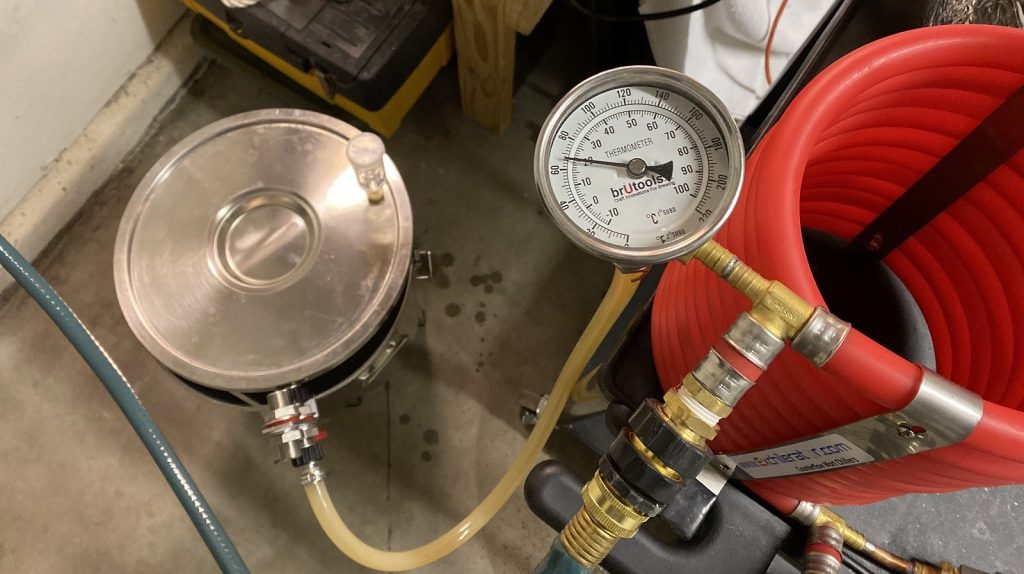
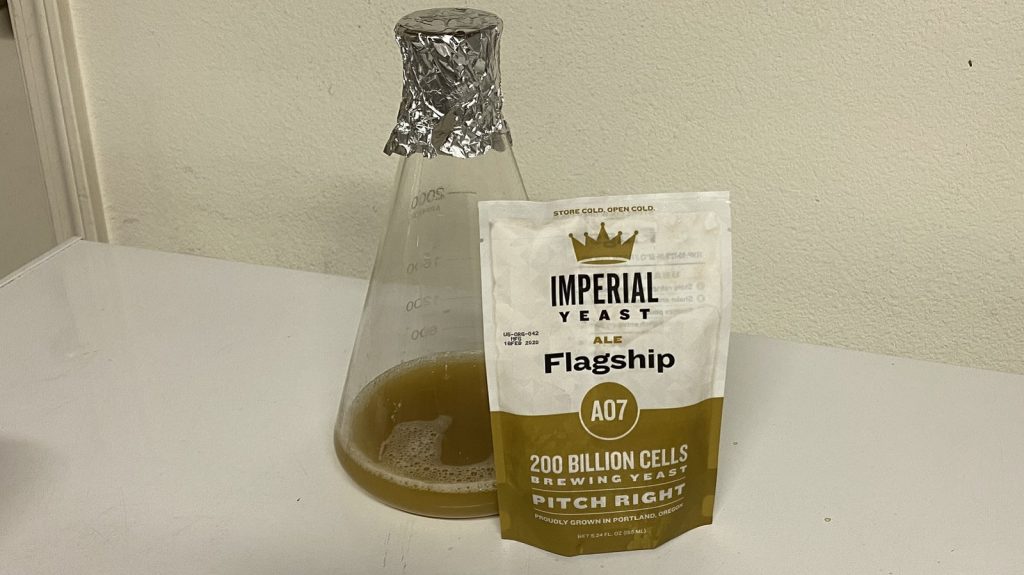
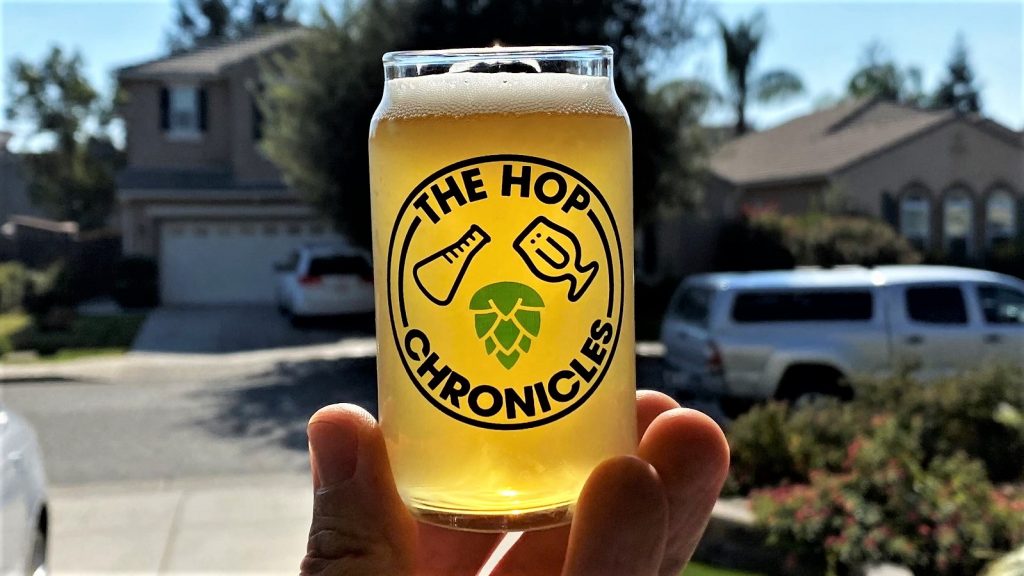

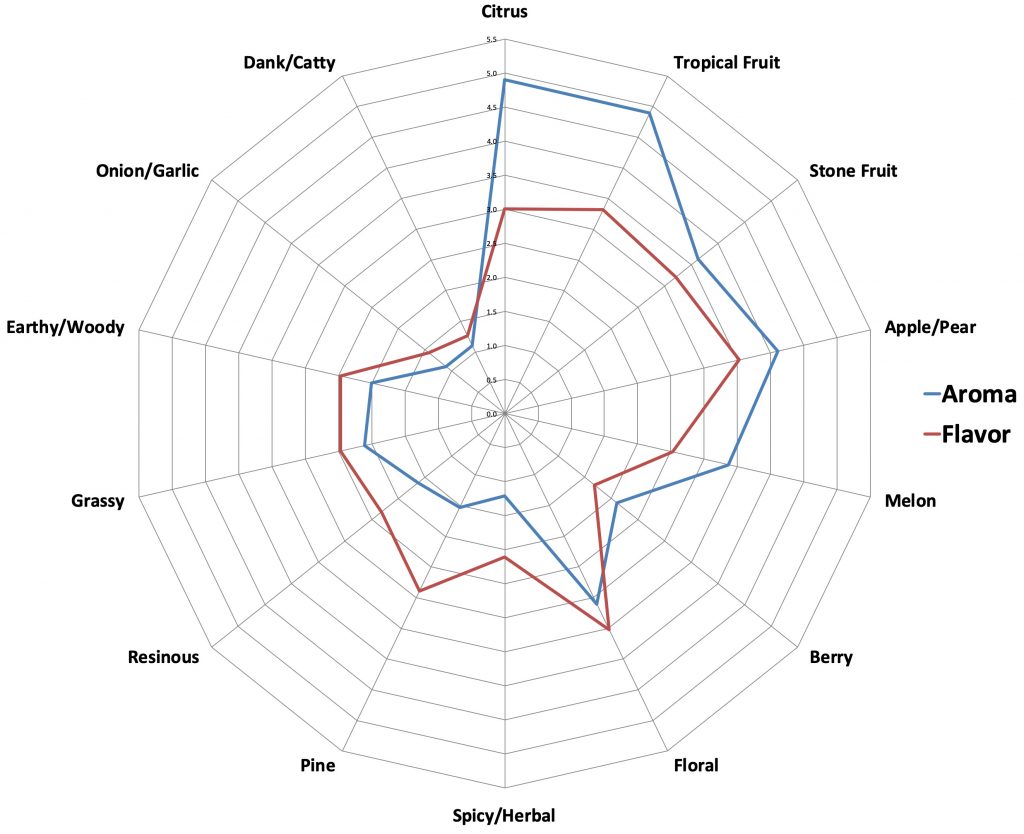
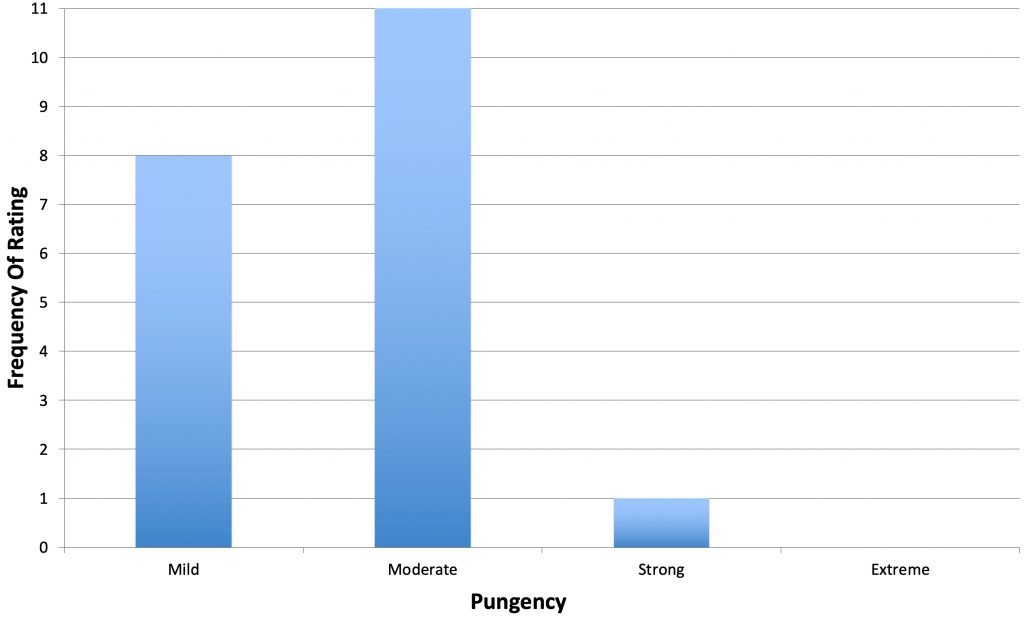
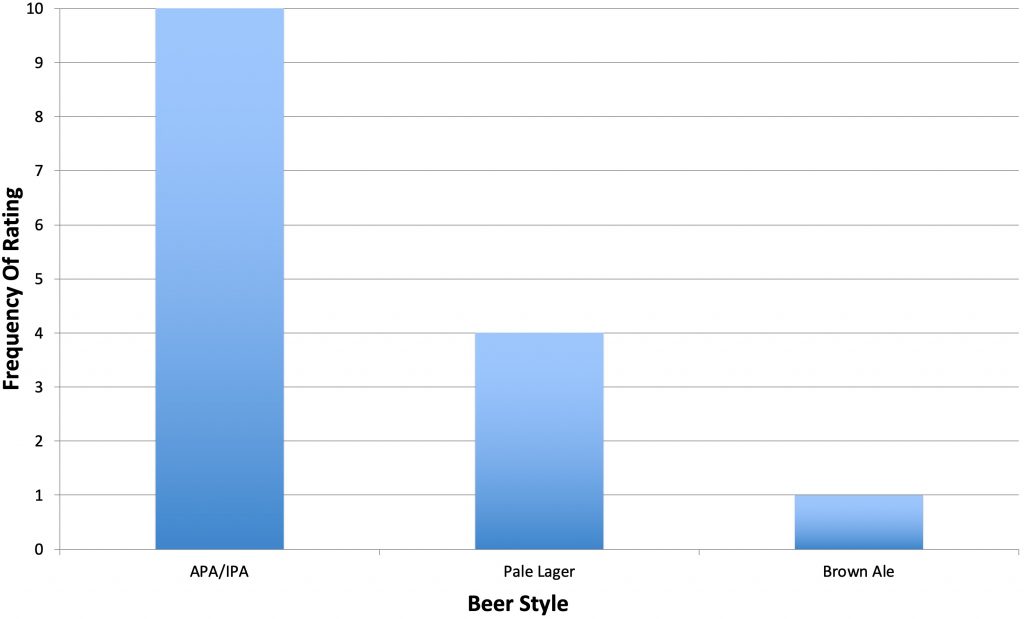
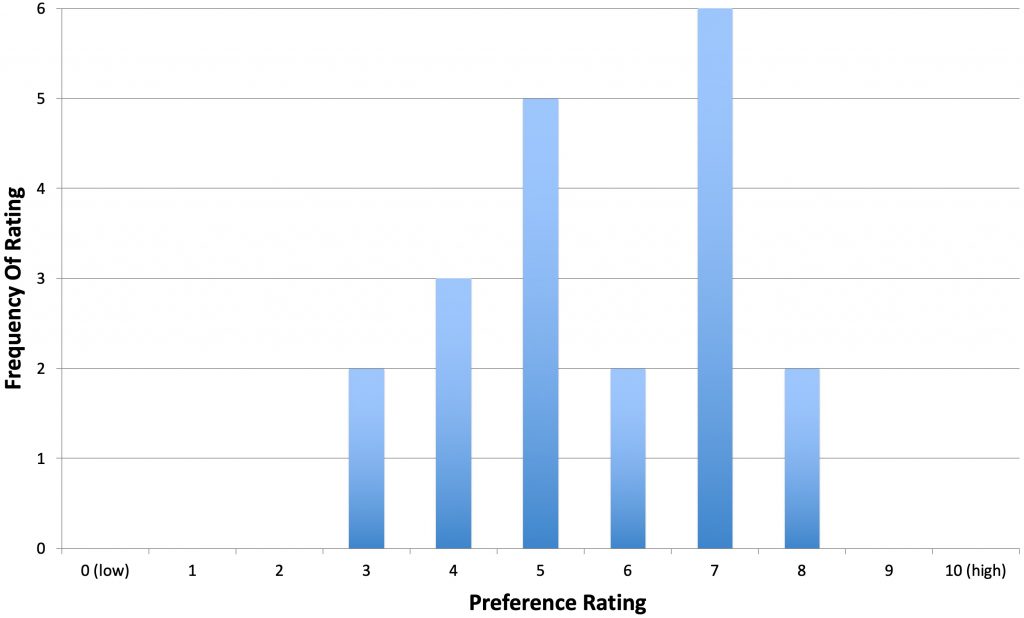











10 thoughts on “The Hop Chronicles | East Kent Golding (2018) Pale Ale”
just finished an english ipa i made with EKG. i did a 6G batch and added 4 oz EKG at 10 minutes left in the boil. It had the nice earthy, spicy character that i love in english beers. combined with the Pub yeast and english malt, it was a hit with a lot of people. a lot of us love the super hop bomb neipas, but this was a nice change. clearer, bitter, crisp and that EKG hit!
would be interested to hear what other english hops are good for my next attempt.
Never thought of EKG as giving off such “new school” hop aromas and flavors
Thanks for this one, very interesting reading. I’m an englishman who has been trying to master english IPA for some time (haven’t got there yet!) and have found much more citrus than I expected when using the just the right amount of EKG. Too little and it’s very mild, too much (especially in the dry hop) and it’s very herbal. It’s a mysterious and very flexible hop. Cheers!
We’re the hops used grown in England?
Yep!
https://www.yakimavalleyhops.com/collections/united-kingdom-hop-pellets/products/east-kent-golding-pellet-hops
I really like EKG as part of the hops bill, however I would just like to point out that your OG was actually 1.011 not 1.010, as read from the bottom of the meniscus!
Depends on the manufacturer of the hydrometer. Some are calibrated to read at the top of the meniscus, whereas others are calibrated to read at the bottom.
Classic hop style for sure.
I know some of you guys at Brulosophy are really hooked on the mecca grade malts, but for the rest of us, could you maybe indicate what type of malt you’re using in more traditional terms? “Lamonta” and “Vanora” mean nothing to me.
You’re right, those are definitely Mecca Grade-specific names! Lamonta is 2-row and Vanora is Vienna.
Interesting how this and the saaz one both came back the way they did. Makes me wonder whether more important than the variety of hop, is the way they’re used in the recipe.